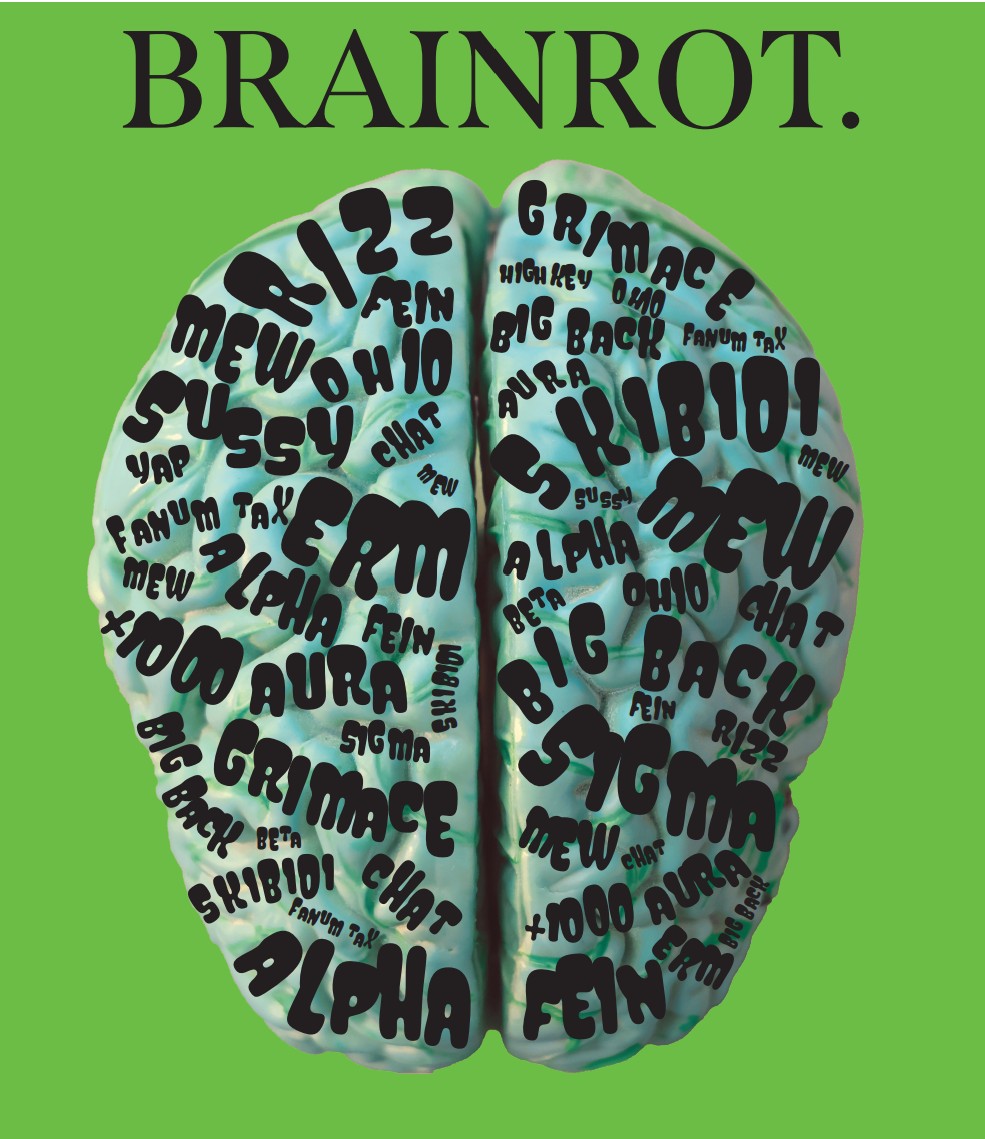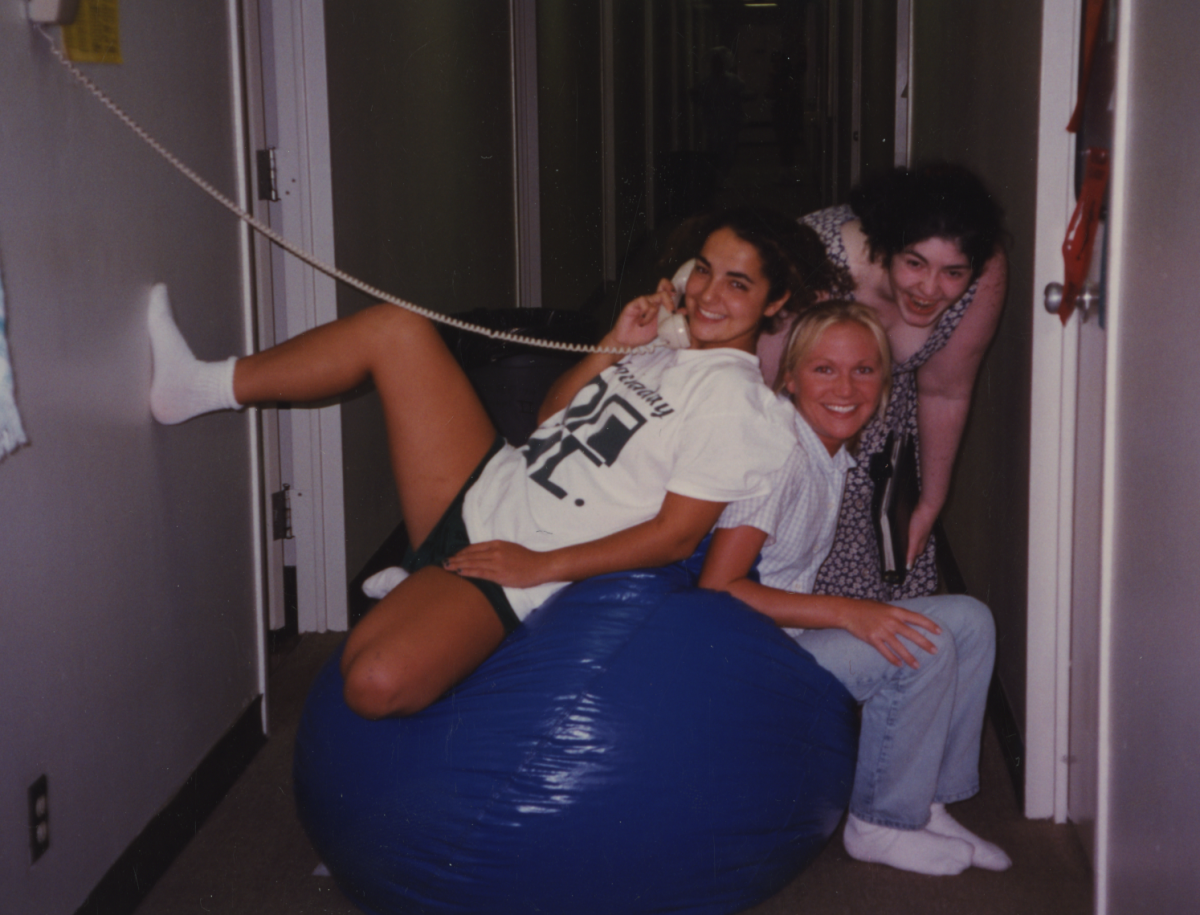Sexual education has been present in the United States since the 1800s. The National Education Association promoted it to be part of school curriculums nationwide in 1892. This was reaffirmed in 1912, when the same organization pushed for teachers to be trained on how to teach sex and sexuality in schools.
This idea was not fully supported until the 1960s, when support for sex education in schools became a more widespread idea.
According to Planned Parenthood, it wasn’t until the 1980s when two divergent beliefs about sex-ed in schools became prevalent.
“One was based on the belief that medically accurate and comprehensive information about sexual health would decrease risk-taking behaviors among young people,” Planned Parenthood said on its website. “The other was based on the erroneous belief that medically accurate, comprehensive information would increase risk-taking behaviors among young people.”
In 1981, the U.S. government passed the Adolescent Family Life Act, a measure that advocated for sexual abstinence until marriage. Since then, over $1.5 billion has been spent on abstinence-only education, with not many results to show for it.
Recent studies across the nation have shown that abstinence-education might actually be harmful to students in the long run. Because of this, many schools in the past 10 years have begun to withstain from abstinence-only education and transition to a more comprehensive approach.
What is Sex-Ed?
Sexual education is the exploration of issues and topics that relate to human sexuality. Beyond the actual mechanics of how sex works, sex-ed deals with emotional responsibilities, sexual reproduction, relationships, protection, health awareness and much more. In the United States, this topic is controversial because of the two differing philosophies about the subject: comprehensive sex education and abstinence-only sex education.
Abstinence-only sex education is a widely advocated view that calls for teaching students that the only way to guarantee the prevention of pregnancy and sexualy transmitted infections is by abstaining from sex. Proponents of this type of education often take a religious position, citing the belief that sex before marriage is a sin.
According to the Sexuality Information and Education Council of the United States, comprehensive sex education “includes age-appropriate, medically accurate information on a broad set of topics related to sexuality including human development, relationships, decision making, abstinence, contraception and disease prevention.”
Comparing comprehensive sex education and abstinence-only sex education can be difficult, especially when external factors such as race, socioeconomic class, religion and location come into play.
Researchers from the University of Washington completed a study in April of 2008 that compared the health risks of adolescents who received the differing types of sex education. Principal investigator Pamela Kohler said that “in comparing abstinence-only programs with comprehensive sex education, comprehensive sex education was associated with a 50 percent lower risk of teen pregnancy.”
This was confirmed by University of Georgia professor Kathrin Stranger-Hall who also performed a study comparing comprehensive sex education and abstinence-only sex education.
“Teens in states that prescribe more abstinence education are actually more likely to become pregnant [than teens who receive comprehensive education],” Stranger-Hall said.
A different study by the University of Pennsylvania in Feb. 2010, however, showed that students taught abstinence-only education, delayed having sex.
With many studies about each of the views, it is difficult for educators to determine what is truly the best method to educate students.
Nationwide Requirements for Sex-Ed In Schools Today
In the United States today, only 23 states require that sex education is taught in school, and of those, only 20 of them require both sex education and HIV education. Many states also have stipulations that if they do teach sex-ed, they must follow general requirements, but only 13 states require that the information taught to students is medically accurate.
According to a study done by the Guttmacher Institute updated on Feb. 1, only two states prohibit promoting religious practices within schools when talking about sex education: Louisiana and California. Because of this, many schools use the Catholic teaching of abstinence-only education as the basis of their sex-ed program. This differs from the 27 states that require abstinence to be a emphasized topic of discussion.
Because research shows that abstinence-only education has not been effective, the government has put in new laws to change the perspective on sex education.
For example, the Appropriations Act of 2010 halted federal funding for abstinence-only programs in schools and provided nearly $190 million in funds for “evidence-based teen pregnancy-prevention programs and more comprehensive approaches to sex education,” according to Planned Parenthood.
In Texas, the sex-ed requirements are different. According to the Texas Freedom Network, Texas sports one of the highest teen birth rates in the nation, but the state still focuses on an “abstinence-only” system.
But this is slowly changing.
Data from the Texas Education Agency suggests that there is a rising movement that shifts away from this abstinence-only education. While in most districts throughout Texas abstinence must be taught, many schools have also begun to supplement this study with information about contraception and disease information.
To many, sex education is a hard topic to talk about. The word sex makes people uncomfortable. The Fourcast contacted a variety of schools in the Dallas area to begin to understand their perspectives on how sexual education is taught. After contacting Cistercian Preparatory School, The Greenhill School, The Episcopal School of Dallas, The Ursuline Academy, The St. Mark’s School of Texas and Highland Park ISD, only Cistercian, Greenhill and St. Mark’s were available for comment by press time.
Sexual Education at The Hockaday School
At Hockaday, the sex-ed program starts in fourth grade with a puberty video, and moves progressively through the next eight years, hitting almost every grade level. In sixth grade, the actual biology of sex is first introduced with the addition of the male reproductive system, an introduction to genetics, and a discussion on HIV/AIDS as part of an study of the immune system. This is taught by the Upper and Middle School health teacher Rebekah Calhoun. In ninth grade, the curriculum begins to change course.
“We don’t have focus as much on parts and functions, but we’ll review that if we need to,” Calhoun said. “It’s more about intimacy, dating, relationships, STDs, what you need to know before you engage in sexual activity, conception [and] contraception.”
This is also accompanied by information about sexual assault, both as it relates to drug and alcohol abuse and how it relates to reproduction and other things to be aware of.
In eleventh grade, the focus of the class is to look ahead at how sexuality might fit in your future life.
“No one gets to college and takes Sex 101, so everybody gets there and is supposed to know,” Calhoun said. “We want to make sure that every student has a really solid foundation and knows how to take care of herself.”
This conversation includes information about communication and relationships. Calhoun believes that it is necessary for students to understand the basics in order to ensure that they are prepared for the real world.
“I think that knowledge is power,” Calhoun said. “When you have a good foundation of scientific information and you have talked through the social and emotional pressures of it, then when you get into those kinds of situations, you have the tools to make the right decisions for you.”
Sexual Education at the Cistercian Preparatory School
Cistercian is an Roman Catholic all-boys private school in Irving. Their sex education differs from many other private schools in the area due to their religious affiliations.
Head of Theology and Religion Fr. Joseph Van House described the program as holistic and character- based.
“We really aim at making sure the fundamental medical knowledge that is necessary for life is available, but for us sex-ed is a lot more than the material instruction on how things happen,” Van House said. “It comes to be about ‘what is a good life and how do you want to live it’ and ‘how does sexuality fit into that.’”
The program focuses on “chastity,” or the discipline of harmonizing one’s sexuality with a good and wise life (including such things as one’s marital status), rather than mere “teen abstinence from sex.”
“One of the reasons that we focus on chastity rather than abstinence is that spiritually and philosophically it makes more sense to talk about what a person is doing rather than what a person is not doing,” Van House said.
Cistercian’s program is taught both in health and in theology. In fact, the topic is first introduced in theology class in fifth grade when discussing the Virgin Mary.
“The teacher won’t connect all the dots because most don’t know from their parents what sex is,” Van House said. “But they want to give some equipment for when their parents explain it to them.”
Cistercian puts a lot of value in supplementing the information that parents have introduced to them. Cistercian maintains that parents are the proper sexual educators of their children, and seeks to empower rather than replace them in that role.
The program also stems to more than just the biological aspects of it.
“I can say that by no means my primary objective is educating them sexually,” Van House said. “And, to some degree, overemphasizing it can be counterproductive.”
With this in mind, they must skirt the fine line between giving students too much information, and giving them the tools to live in the real world.
Van House believes that teaching chastity “confidently, clearly, firmly, intelligently [and] lovingly” is the best possible touchstone for sexual education today.
Sexual Education at The Greenhill School
Greenhill focuses on a sex-ed program that bridges across all the disciplines of learning. Upper School Counselor Priya Singhvi teaches a required health and wellness course for all incoming freshman and new students.
“[The biology] organically comes up in English class, civil rights movements class, in equity and inclusion conversations, in gender studies and in my wellness course,” Singhvi said.
The required health course that Singhvi teaches is a trimester long course that covers a variety of topics: what is a healthy relationship, sexualy transmited diseases and sexualy transmited infections prevention, the gender spectrum, intimacy and boundaries and much more.
Through this class, Singhvi brings in people from outside school for demonstrations and aims to “give resources where [students] can advocate for themselves.” These are meant to empower students.
Greenhill’s sex-ed program begins in Middle School when they learn about how the actual biology aspect of is explored.
“In the Middle School, it’s a lot about boundary setting, healthy relationships,” Singhvi said. They do, however, start a conversation about gender differences in Lower School.
“I hope that by the time they graduate, students have enough of an overview that they can ask questions,” Singhvi said. “And I hope that they are asking questions to adults who have their best interests at heart.”
Greenhill also provides the means for the community to learn about the LGBT perspective.
“We have outside resources and community speakers that help teach the curriculum from exploration from the LGBT community to safe practices to anatomical perspective,” Singhvi said.
This is the only course that students take throughout their high school experience to learn about sex-ed. “We don’t have a continued course every year,” Singhvi said. “The hope is that these conversations are happening in lots of classrooms and that they are naturally happening in advisory.”
Sexual Education at St. Mark’s School of Texas
Director of Counseling Barbara Van Drie, teaches about sexuality in her AP Psychology course.
“[In the class], we cover physiological and psychological aspects of sexuality, including topics such as human development, reproduction, sexual behavior, romantic relationships, intimacy, sexual orientation, gender identity, decision-making, communication, sexual abuse, sexual aggression and more,” she said.
In addition, this past month, recognizing that parents are the primary sexuality educator of their sons, the Counseling Office provided educational presentations to Middle School parents on communicating with their sons about sex.
“We wanted to equip them to communicate with their sons on sexuality,” Van Drie said.
– Ashna Kumar – Asst. News Editor –













